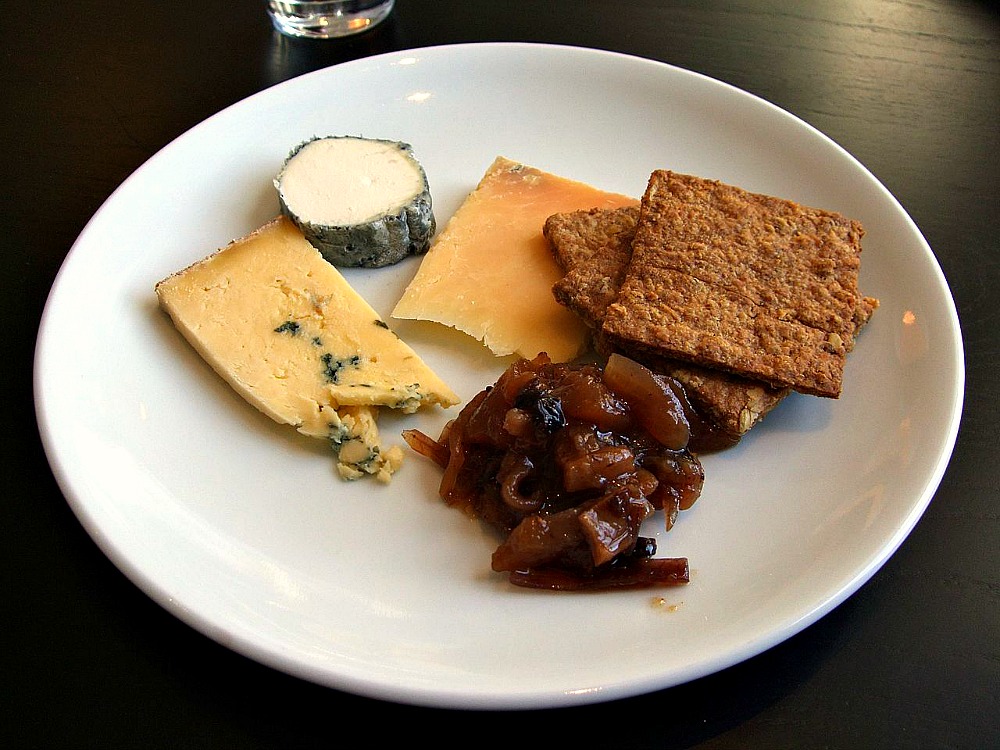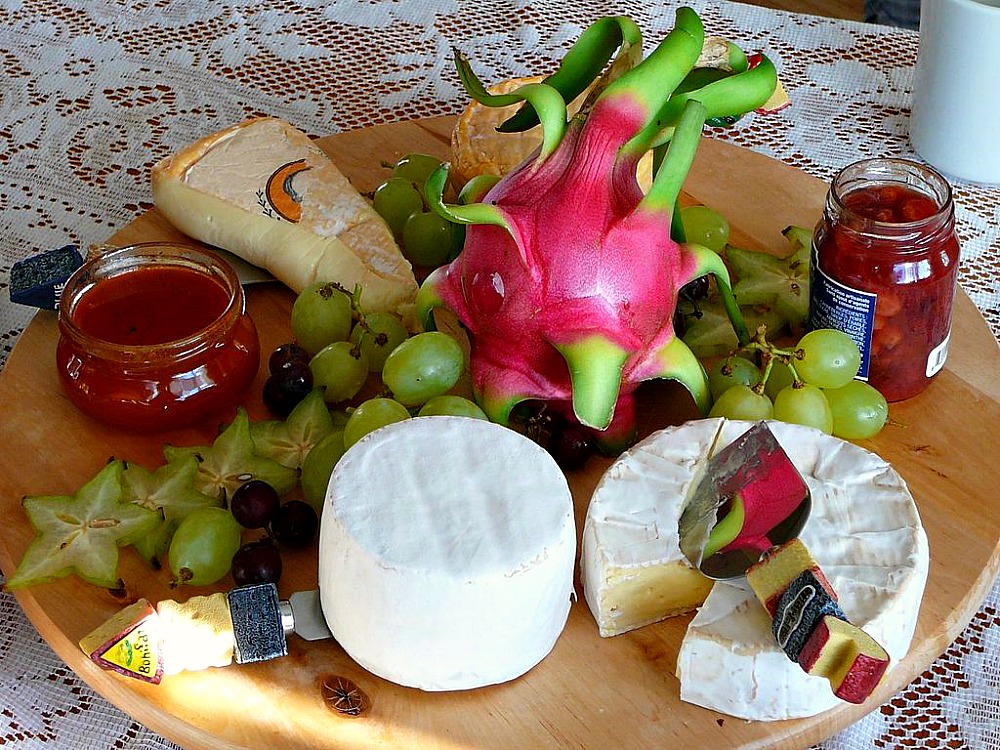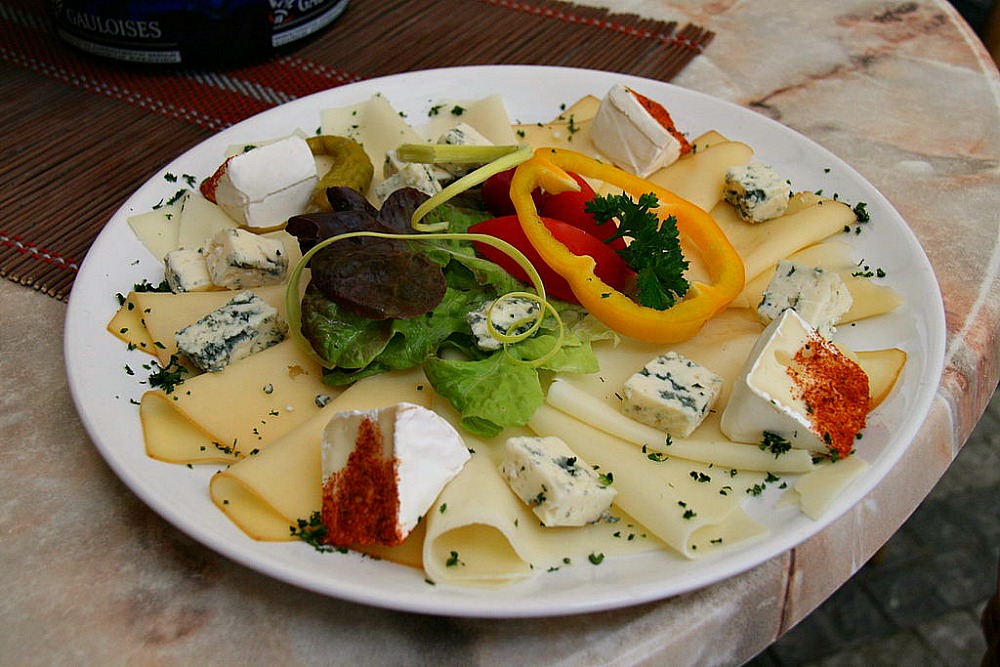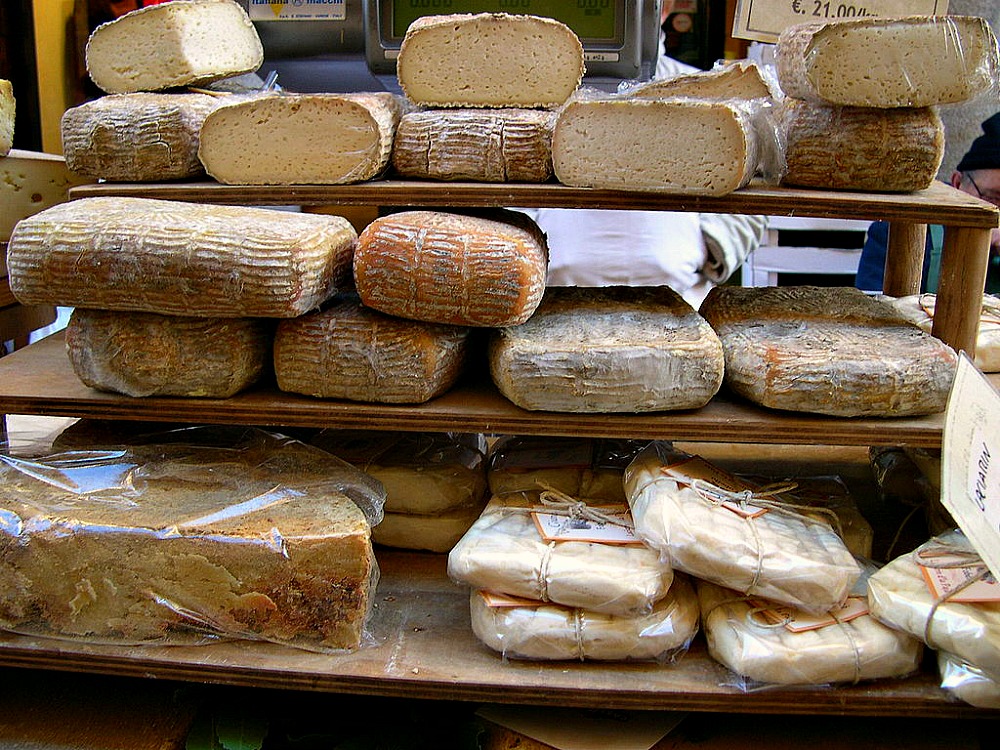Cooking with cheese requires a little bit of skill. After all, you wouldn’t want to lose the integrity of the taste. To delight your gustatory sense with a truly pleasing flavor, here are the tips you should know about when serving up cheese with your culinary creations.

Add some zest into your cheese sauce
Lemon juice in your cheese sauce may not end up curdling, but for an improved taste in your dish, consider adding a little lemon zest. This will create a wonderful boost in flavor. Other enhancers you can use include lime and orange, but what would work best will depend on the type of cheese.
Cheese in your hamburger
If you’re the type of person who includes a thick serving of cheese in your hamburger, then throw it in about a couple of minutes before turning off the heat on the meat. This will ensure that it will be deliciously and properly melted and you won’t end up with a rigid cheese in your sandwich.

Keeping your baked casserole’s rich taste
Making a casserole involves reducing moisture with heat, which is why the dish will get drier the longer it’s in the heat. Moisture absorption is also done when cooking vegetables and pasta in a cheese casserole. If the dry result is what you like, then you can keep it that way. Otherwise, to achieve a rich taste in your casserole, add a little bit of cream or milk.
Melting shredded cheese to a hot dish
When melting shredded or crumbled cheese into the hot dish you’re making, such as hot pasta, warm salad, or cooked vegetables, put the cheese in just before serving. This way, the cheese will not settle into the bottom and harden, losing its taste and appeal.

Shredding your cheese
If you’re cooking with shredded cheese, make sure that you do the shredding while the cheese is still cold. If not, it might turn mushy. You can shred your cheese using a food processor, a knife, or a simple cheese grater. Cheeses that are soft or fresh may not need a shredder at all, as you can just take it apart with your fingers.
Heating pricey cheese types
Some delicate kinds of cheese that come in with a higher price tag lose their lovely taste when heated. This is true in the case of triple cream cheeses and others. To be safe, make sure to experiment a little with a small amount so you’ll know what works. This way, you won’t end up wasting your expensive cheese.

Concerning the cheese rind
Removing the rind of the cheese before cooking depends on some factors. Non-edible rinds will of course have to be removed completely. If it’s edible, then take into consideration your taste preference. If you like it, then you can add it, or remove it if it’s otherwise. There are certain types of rinds which may be strong, so you might have to remove about half or three quarters of it to avoid altering the dish’s flavor.
Making dishes in the kitchen with cheese requires simple but important steps. Keep these tips in mind to keep your cheese’s taste intact and create wonderful taste experiences.
Sophie White is a self-confessed foodie and a blogger, with a special penchant for natural cheese. Her love for cooking is only comparable to her keen eye for fashion. She considers herself an amateur cheese connoisseur. With her passion for high quality and authentic cheese, she currently partners with Sargento, a top real cheese producer in Wisconsin.
Disclosure: this post presented in partnership with sponsor New Local Media PTY LTD.

I love your tips for cooking cheese, but honestly, your pictures are just so dazzlingly mouthwatering that there’s nothing better than a few hunks of cold cheese with some crackers and relish!